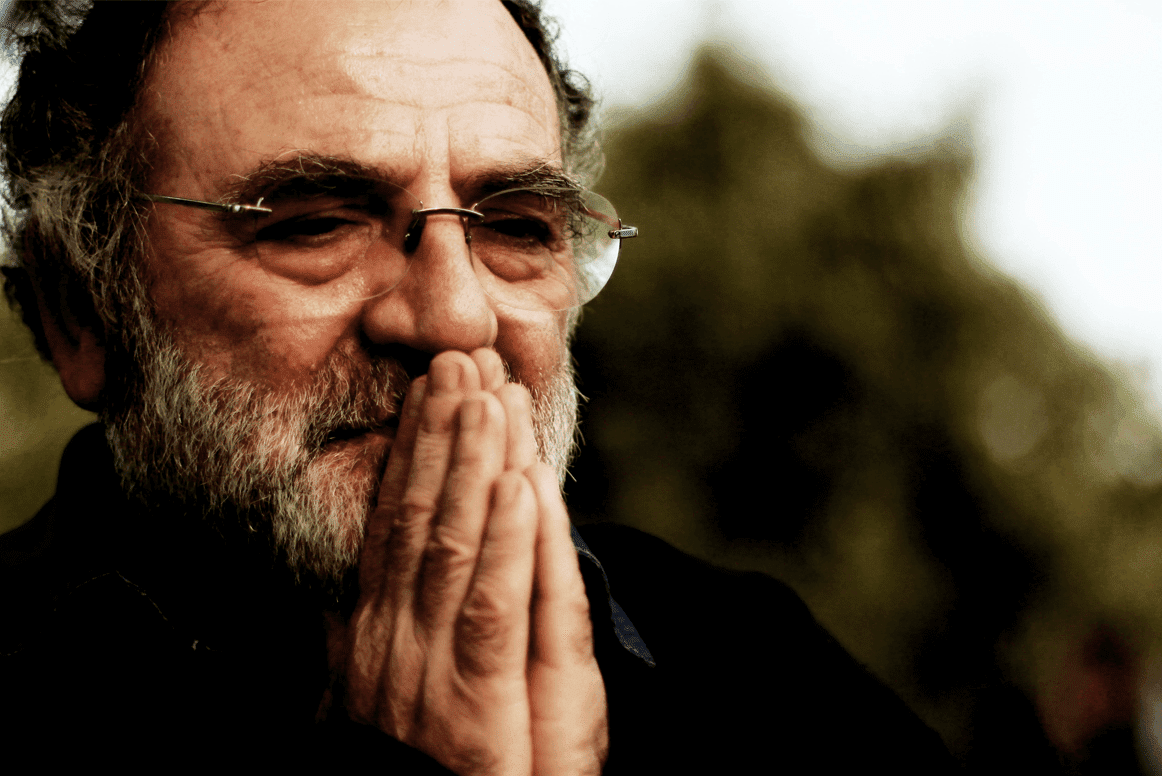For beginners: How to deal with the commonly encountered challenges when trying to sit.
Publich Date:Whilst watching children playing i.e. 4-5 year olds- it is interesting to see how their focus changes as they create their own game. When my grandson was that age he and his stepsister could play for hours, ever evolving the make-believe world they lived in. The focus changing all the while from objects, to spaces to rolls they assign each other.

Why is it so difficult to focus when meditating?
Whilst watching children playing i.e. 4-5-year-olds- it is interesting to see how their focus changes as they create their own game. When my grandson was that age he and his stepsister could play for hours, ever-evolving the make-believe world they lived in. The focus changing all the while from objects, to spaces to rolls they assign each other.
I once experimented with a group of colleagues. I told them that for the next few minutes we should just sit with our eyes closed and not talk, nor think. It was interesting to hear the responses afterward. Some found it relaxing others became restless and felt awkward. Some say they were thinking a lot during this time.
Science has in recent years elucidated a specific part of the human brain which is identified as the default brain. Eastern scholars came up with the idea of “the monkey brain”. The ever-restless brain jumping around between branches, looking for the next available idea or object to think of.
To crown it all through the progress of technology, our present, and past few generations, since the development of the world wide web and cell phones are exposed to an ever-increasing world of distraction. Even adults get so distracted that their most intimate relationships can get affected.
For the brain to focus for an extended period of time-even just a few minutes takes effort and discipline.
This brings me to the next points when starting out on the path of mindful living.
*What 3 things are important when mindfully meditating:
In today’s life, busy-ness seems to be a given and often not even noticed. It is an automatic reaction.
Should you find yourself idle at times, it is not uncommon to have guilt feelings about it.
Many a housewife or mother complains: “I cannot sit here whilst so many chores are waiting! I feel terribly guilty when I do this sitting!” (In due course I will elucidate on the paradox of being more productive when taking time out).
Many a client has been petrified of having time on their hands. I’ve heard complaints of spouses “my husband wanted to get back home after three days at the seaside” whilst on a well-deserved holiday.
The first thing is intention. Make the decision that you are going to sit. It is practical to say for instance: five minutes. (As time goes on you will find the periods of time that will suit you). TIP: Keep up with this intention every time you sit.
Secondly pay attention, focus. When starting off you should purposefully tune your
attention specifically, either to an object that is easily discernible, like the weight of the body or the movement of the breath when sitting. It helps to narrow down the visual sense as it is such a strong and vivid sense liable to distract. Closing the eyes or lowering the eyelids is often advised. This kind of attention giving is the steppingstone towards building your mental muscle of focus.
TAKE NOTE: Paying attention is the work of Mindfulness practice. I repeat paying attention is the work of Mindfulness practice.
Thirdly having the right attitude is key when meditating. Many a skeptic have surprised themselves after they have adapted their attitude to that of being curious and open and not being prejudiced. Set aside anything and everything you have heard about meditation for instance. It can help to ask yourself “What is my expectation of this sitting?” Be honest …and then let it go. Find the meaning of “open”.Furthermore, loving-kindness is the third and most important leg of attitude.
This is another part of the work of Mindfulness and will be lifesaving when faced with
the challenging guests encountered in consciousness.
*This post has been inspired by “Mechanisms of Mindfulness” by Shauna L Shapiro, et al. Journal of Clinical Psychology 2006.
Feedback: I am curious as to your experiences with sitting. Please comment on this post. If you have any challenges, let me know, and by sharing you will help others as well.